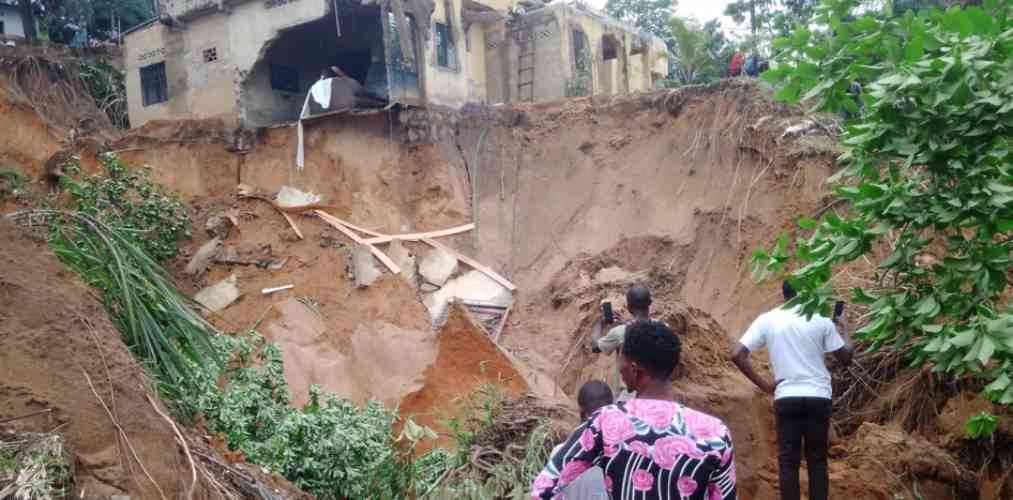×
The Standard e-Paper
Read Offline Anywhere

People inspect damage after heavy rains caused floods and landslides, on the outskirts of Kinshasa, Democratic Republic of Congo, Dec. 13, 2022.[Reuters]
At least 50 people have been killed in the Democratic Republic of Congo capital Kinshasa after heavy rains unleashed floods and caused landslides, the city's police chief Sylvano Kasongo said on Tuesday.